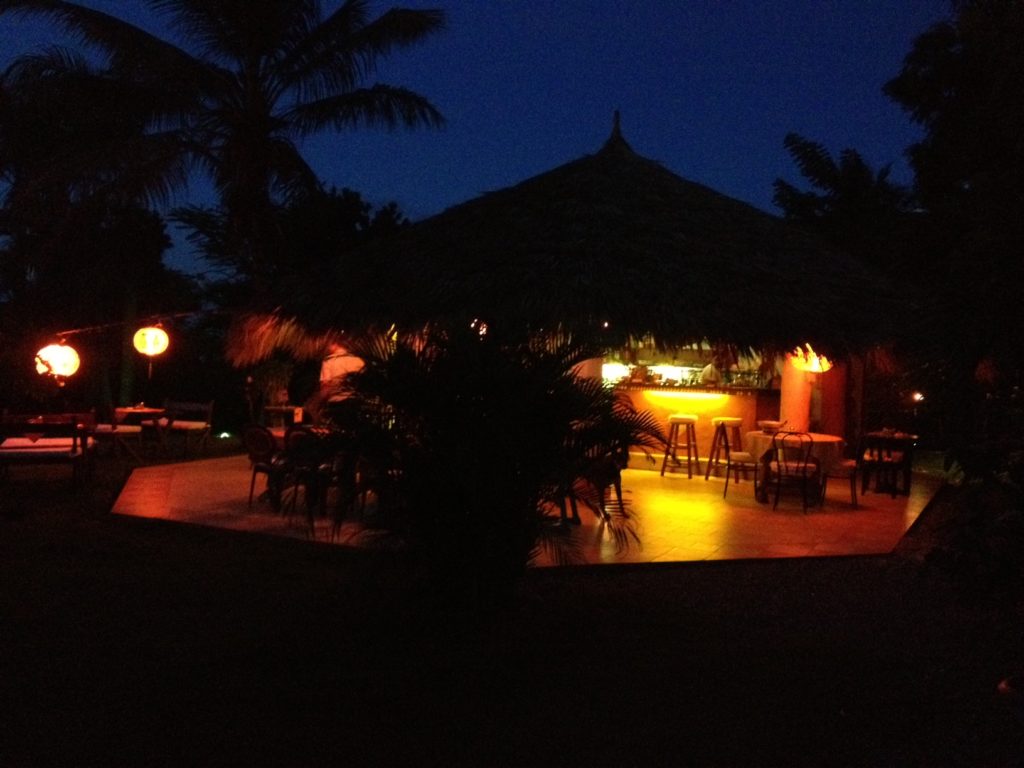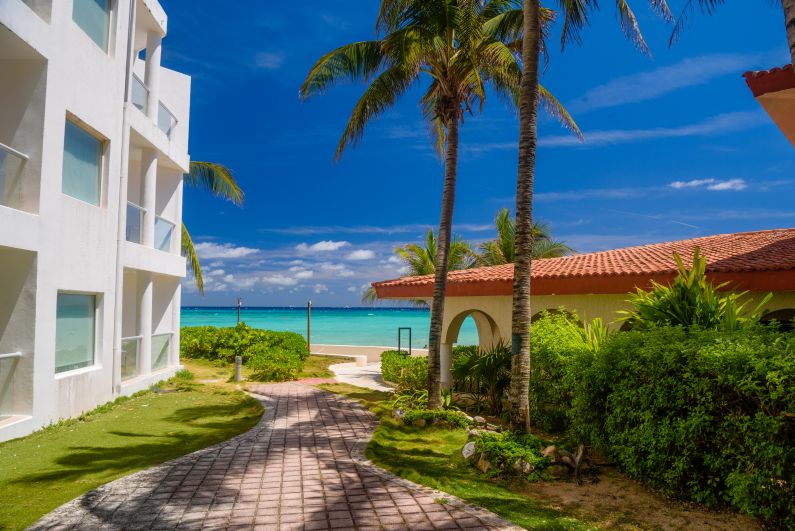For the third straight year the Dominican economy exhibited a solid growth of 8.5%between January and December of 2007. The country’s GDP, calculate donm Base 1991, grew on average 9.5% between 2004 and 2007. adding the dynamic growth displayed by the Dominican economy is the continued growth of different sectors including finance (25.6%), communications (14.9%), commerce (13.9%) energy and water (9.7%), transport (6.8%), teaching (5.7%) and other services (5.2%), Also, the nation’s local manufacturing sector registered an increase of 4.8% while construction hotels (bars and restaurants included) and agriculture grew 3.2%, 3.7% and 1.2%, respectively. However, there were some sectors of the Dominican economy that did experience negative growth during 2007 including mining (-1.4%), free trade zones and (-10.0%).
In terms of costs, private spending increased 12.3% as a result in the strengthening exchange market and a relative inflation stability. Other factors which attributed to the to the dynamism of private consumption was a 31.4% increase ion banking credit to the private sector and the expansion by 22% of dollar valued goods.
Inflation at the close of 2007 was a stable 8.88%, maintaining single digit numbers despite international and external pressures on the Dominican economy. According to the Central Bank inflation could have been as low as 5.68% had it not been for the exorbitant rise in international petroleum prices. Also, according to a Central Bank report the Tropical Storms Olga and Noel caused massive damage to the country and caused for an increase in the levels of inflation. Unemployment, at the close of 2007, saw a 0.1% decrease with a15.5% unemployment rate in relation to April 2007 and a 4.2% decrease in relation to October of 2007. These figures reflect the creation of 392,113 new jobs between April 2004 and October 2007.
The balance on the current accounts in 2007 was –US$2.23 billion, according to the Central Bank, due principally to the increase in the defect on the balance of payments
In absolute terms imports in 2007 grew to US$13.81 billion, for a total increase of US$1.64 billion when compared to 2006. The increased need for peotroleum and te sky prices reflected an increase in total imports. Petroleum imports increased by US$479.3 million during 2007 .
In absolute terms exports, including free trade zones (FTZ) grew by US$627 million in 2007. this was due to the genral price increase on merhcandie and the increase in worl nickel prices, of which the DR is a top producer. Another factor in the increase in exports was the increase in non traditional products which grew by US$263.8 million 2007. FTZ exports during the same period decreased by 2.5%.
In terms of the balance of services, torusim generated an additional US$108.7 million in revenues with a 1.7% increase in the amount of tyourist and a 3.1% increase in spending by tourists.
Remiitances also experienced increases. According the Central Bank remiitancs grew by 10.8%, which represnted 7.4% of the GDP and 89% of transferred registred in the balcnce of payments.
Foreign direct investment (FDI) has also been on the rise. Accroding to initial figures the financial and capital accounts closed with a US$2.554 billion surplus in 2007, more tan US$764 million at the close of 2006.
The DR has continued its continued growth and at the end of 2007 the Central government had a surplus of US$1.619 billion. The Non Finacial Public Setcor (SPNF) also ended the year with a surplus of RD$1.450 billion, whioch is amazing considering the government also increased its spending during this period, dur in part to TS Olga and Noel. ECLAC reports that about RD$14.125 billion were spent on storm recovery. Governmnet revenues increased 25% during the period in question, in relation to 2007, going from RD$188.9 billion in 2006 to RD$236 billion in 2007. However spending increased by a total of RD$36.14 billion (17.6%) in comparison to 2006.



